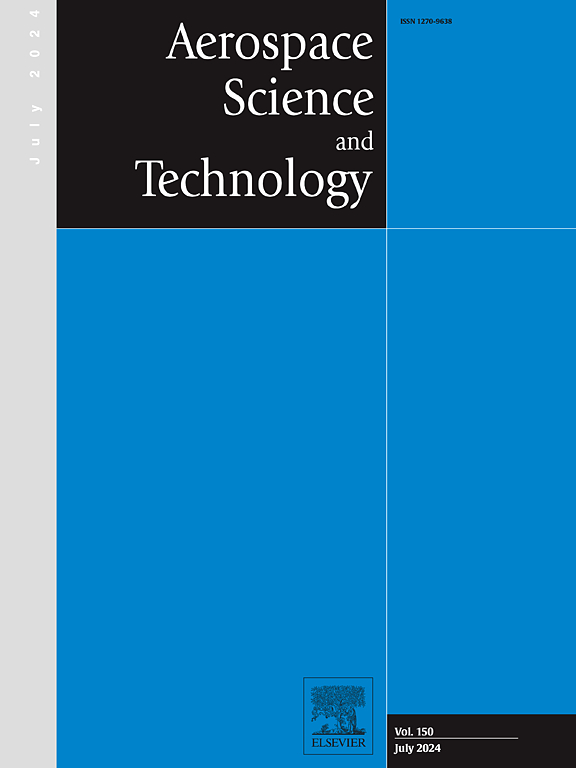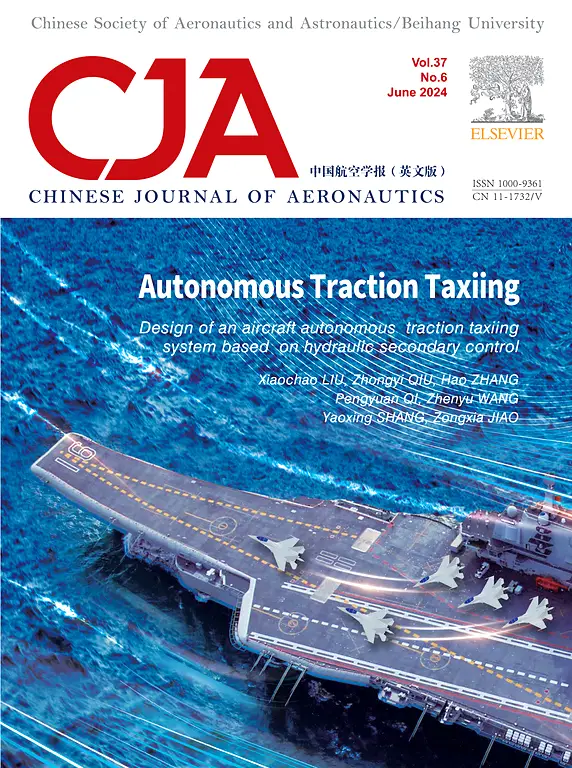Patent
Title: Semi-blended box wing Aircraft
Office: Austrian Patent Office
Applicant: Johannes Kepler University, Linz
Inventor: Azad Khandoker
Numbers of Claims: 18
Status: Patented
Filed Date: 24/03/2022
Received Date: 07/06/2023

Research Articles
e are dedicated to engaging in open-source research, aiming to contribute to the advancement of a knowledgeable society. As part of this commitment, our technological innovations are regularly featured in prestigious international journals. This dissemination aims to encourage sharing, interaction, and the advancement of scientific endeavors. Some of our published articles are as follows:
Title: A requirements elicitation process for a purposeful general aviation (GA) aircraft design based on emerging economies.
Published Year: 2021
Published In: The Aeronautical Journal (The Royal Aeronautical Society, UK)
Publisher: Cambridge University Press
Abstract: Design success mostly depends on understanding and realizing product requirements, which are nested with different levels of stakeholders and specific market demands. Emerging markets are volatile and non-linear for understanding user-specific needs, particularly related to aircraft design. We attempt herein to elicit specific requirements through a proposed requirements elicitation process based on functional, physical, and behavioral viewpoints. An evaluation of those critical requirements is also performed through Quality Function Deployment (QFD) to reveal the fitness of the customer requirements (raw requirements) in relation to the technical measures. After selecting all projected potential users, a Systems Modelling Language (SysML) use-case diagram is also summarized to illustrate the user’s relation to the system functions. Some raw requirements are verified through constraint analysis and cost examination as an exemplary approach to present the transformation from raw to final requirements. The data are collected and analyzed to construct the aircraft’s key specifications. Most importantly, how to identify good requirements that define the needs, attainability, clarity, and verifiability are demonstrated. In addition, it is demonstrated through this study that there is a need of a specific type of general aviation aircraft that may fulfil the unique demands of emerging economies by satisfying their socio-economic conditions

Title: Predicting the Unpredictable: General Aviation (GA) aircraft cost estimation evaluation
Published Year: 2022
Published In: Journal of Air Transport Management
Publisher: Elsevier
Abstract: Cost estimation is an important part of project planning as well as research endeavors. Since the well-established cost estimation models used in the GA aircraft industry are already several decades old, a re-evaluation of their applicability to current market conditions is essential. Reliable cost estimation may also improve the chances to get external funding – a vital point for start-ups. To tackle this issue, we developed a research method to investigate potential cost models for GA aircraft that can serve as a guideline for, e.g., start-ups and research works. After gathering existing cost estimation models, they are classified and analyzed to find the ones most suitable for small aircraft. For evaluation purposes, the two most promising ones are applied to data from existing aircraft models to compare their accuracy, and finally, the best one is coded as an application in Python to improve usability. With our presented research method, we show a possibility to perform early cost estimation for small GA aircraft and offer a software tool to simplify its application.

Title: Low Fidelity Data Driven Machine Learning Based Optimization Method for Box-Wing Configuration
Published Year: 2024
Published In: Aerospace Science and Technology
Publisher: Elsevier
Abstract: Wing design optimization traditionally involves computationally expensive high-fidelity simulations, limiting the exploration of design spaces. In this study, we propose a methodology that combines low-fidelity numerical models with machine learning algorithms to efficiently navigate the complex parameter space of box-wing configurations. Through the utilisation of a surrogate model trained on a limited dataset derived from low-fidelity simulations, our method strives to predict results within an acceptable range, significantly curtailing computational costs and time. The effectiveness of this methodology is demonstrated through a series of case studies, involving the Onera M6 and NASA CRM wing as test cases and Bionica box-wing optimization as an application case. The initial application of the proposed methodology to the box-wing case successfully achieved an almost 9.82 % increase in overall aerodynamic efficiency. Its competitive performance compared to conventional optimization methods, along with its substantial reduction in computational time and resource requirements, is evident. This efficient methodology holds promise for enhancing the design optimization process for aviation start-ups by efficiently exploring complex design spaces with reduced computational burden.

Title: Enhancing Box-Wing Design Efficiency through Machine Learning Based Optimization
Published Year: Accepted
Submitted In: Chinese Journal of Aeronautics
Publisher: Elsevier
Abstract: The optimization of wings typically relies on computationally intensive high-fidelity simulations, which restrict the quick exploration of design spaces. To address this, our paper introduces a methodology dedicated to optimizing box wing configurations using low fidelity data driven machine learning approach. This technique showcases its practicality through the utilization of a tailored low-fidelity machine learning technique, specifically designed for early-stage wing configuration. By employing surrogate models trained on small dataset derived from low-fidelity simulations, our method aims to predict outputs within an acceptable range. This strategy significantly mitigates computational costs and expedites the design exploration process. The methodology’s validation relies on its successful application in optimizing the box wing of PARSIFAL, serving as a benchmark, while the primary focus remains on optimizing the newly designed box-wing by Bionica. Applying this method to the Bionica configuration led to a notable 14% improvement in overall aerodynamic efficiency. Furthermore, all the optimized results obtained from machine learning model undergo rigorous assessments through the high-fidelity RANS analysis for confirmation. This methodology introduces innovative approach that aims to streamline computational processes, potentially reducing the time and resources required compared to traditional optimization methods.


